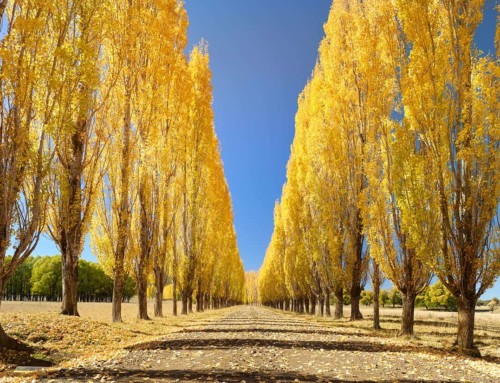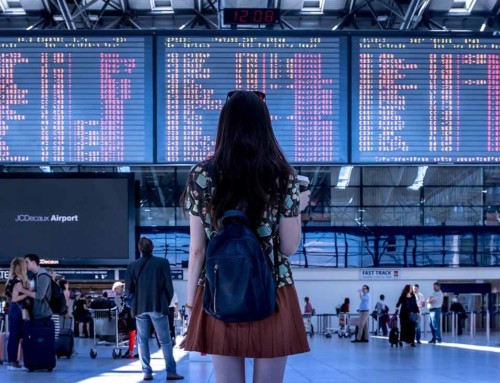We’re all familiar with the impact emotion can add to a given work of creative art, right? You know a book or movie is truly excellent when it can move you to tears or make you jump for joy. You realize a painting is powerful when you get the impression the subject could almost reach right out and touch you.
It’s important to realize that landscape photography can be injected with very real emotion as well. In fact, being able to take a given image and compel the viewer to feel something in response is one of the hallmarks of a successful landscape photographer.
Be Aware of Your Own Mood
Whether you realize it or not, your own emotions play a huge role in how your work will come across once it’s complete. If you’re just not feeling things on a given day, then you’re going to produce shots that may technically be pretty, but feel just as “blah” as your own outlook was when you took them.
The same can be said for days you’re feeling on top of the world. If you’re feeling super high on life that day, then you’re that much more likely to wind up with at least a few fantastic shots that are shoo-ins for your permanent portfolio. Learn to be aware of your mood during a given shoot, consider how it might affect your work, and experiment with how you can use what you learn to your advantage.
Consider Tightening Up the Shot
When you’re shooting something like a bustling street fair or an awe-inspiring mountain range, it’s only natural to want to capture the sheer magnitude of what you’re seeing. However, while some shots that adopt this approach are fine, it’s important to be aware that this type of shot can miss the boat when it comes to capturing emotion.
Try tightening your focus a bit. Consider how focusing one tree, one particular mountain peak, or one detail might be more effective when it comes to capturing the way this scene is making you feel. Figure out where the heartbeat of your shot really is and zoom in.
See Before You Shoot
Every so often it’s a good idea to simply put the camera down and allow yourself to truly be part of the scene around you, especially if you’re looking to infuse emotion into your shots. Take a few moments to observe what’s going on around you. Become aware of the sounds, the colors, and the smells that contribute to the overall vibe of the place. Give your heart and mind a moment to react. When you pick your camera up again, you might be surprised at what you see now.
It’s also important to revisit your favorite locations again and again. If you were last there at mid-afternoon, try returning at sunrise or sunset next time. If your last shoot was an autumn shoot, try going back in the spring. You might be surprised at how much more a given place has to offer you when you approach it under different circumstances.





